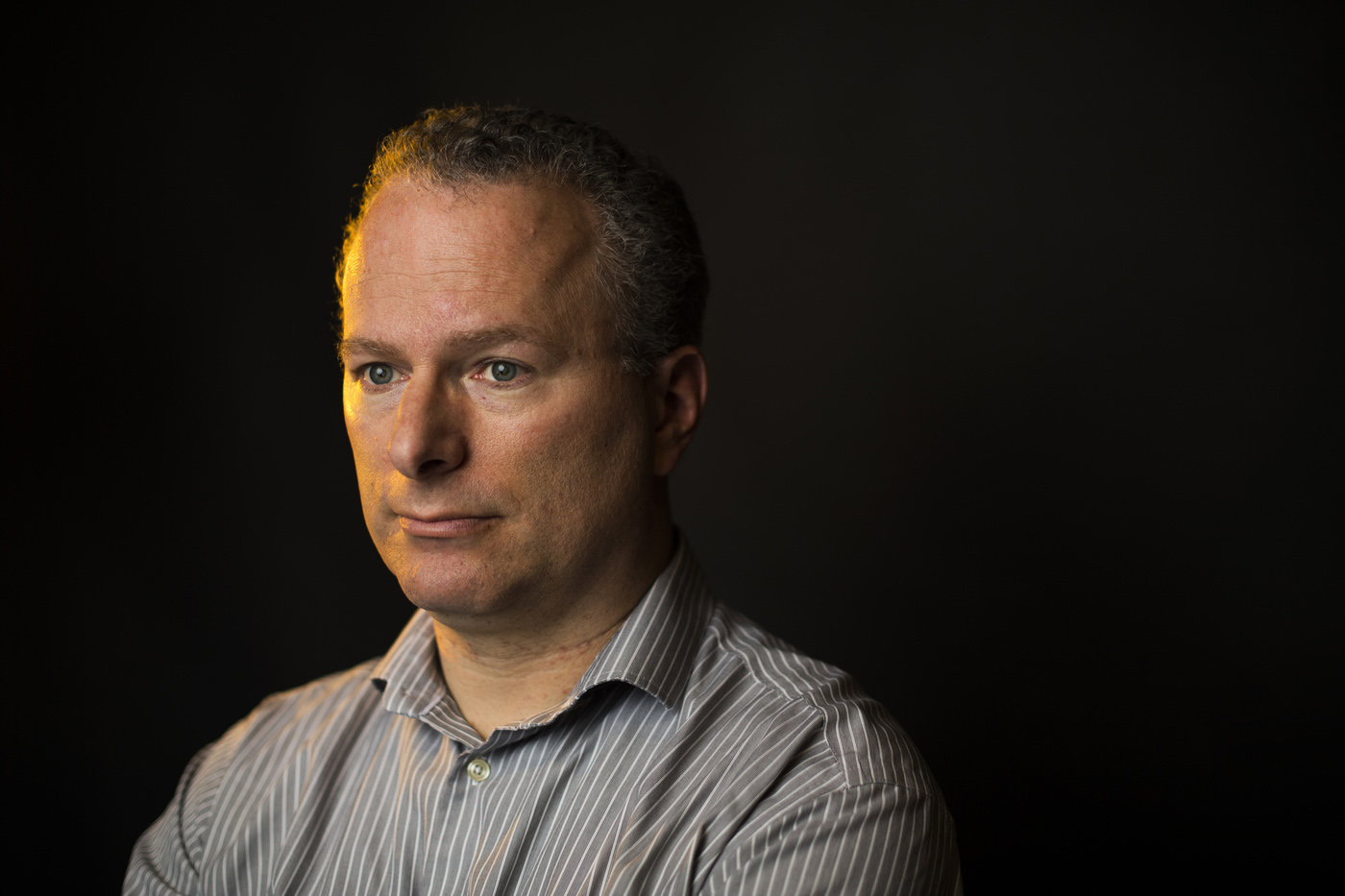Many healthcare workers still haven’t gotten COVID-19 vaccines. Here’s why.

Healthcare workers have been gradually coming around to COVID-19 vaccines, with one-third more people vaccinated since earlier in the year, but 27 percent of them are still unvaccinated, and 15 percent of the unvaccinated group are firmly opposed to immunizations. More healthcare employers may be pressured to mandate immunizations to stave off contagious Delta variant infections.
“The fact that 27 percent of staff in healthcare facilities are currently unvaccinated poses a significant risk to vulnerable patients, which will likely exacerbate outbreaks in healthcare settings,” according to the study from the Covid States Project, a collaborative effort by researchers from Northeastern, Harvard, Northwestern, and Rutgers.

‘The Delta variant is so contagious that you have outbreaks in health care facilities that are driven by non-vaccinated workers,’ says David Lazer, university distinguished professor of political science and computer sciences at Northeastern. Photo by Adam Glanzman/Northeastern University
Long-term nursing facilities across the United States have responded to the Delta outbreak by mandating vaccines or even firing workers who don’t get their shots. In some places, staff have also resigned in protest of the requirement.
“The Delta variant is so contagious that you have outbreaks in healthcare facilities that are driven by non-vaccinated workers, but then spreads to vulnerable patients as well,” says David Lazer, university distinguished professor of political science and computer sciences at Northeastern, and one of the researchers who conducted the study.
“In places where you have lots of healthcare workers who are not vaccinated and there haven’t been mandates, it’s going to be like lots of tightly-packed dominoes where you knock one over and it’s going to create these big waves of infections,” he explains.
Texas, for example, doesn’t require nursing home residents or staff to be vaccinated. The number of nursing homes across the state with at least one active COVID-19 case increased nearly 800 percent in the past month. Nearly half of nursing home employees in Texas remain unvaccinated.
Massachusetts, meanwhile, requires all staff in long-term care facilities to be fully vaccinated by Oct. 10. The mandate marked Gov. Charlie Baker’s first order to require vaccination in any private or public workforce.
Healthcare employees surveyed in the Northeastern study are a large and heterogeneous group that includes dental hygienists, nurses, and neurosurgeons. The early summer study looked at about 1,500 of them and compared their vaccination behavior to a much larger pool of more than 20,000 people in the general population.
“They have been in every way predictive of what happened with non-healthcare workers subsequently,” says Lazer.
His study found that healthcare industry personnel initially had higher vaccination rates than others because they had first access to vaccines, but as time went on and vaccines became more widespread, that gap narrowed. Non-healthcare workers are slowly catching up. It now stands at 73 percent of healthcare workers being vaccinated compared to 64 percent of the general public, according to the study.
Researchers also discovered that vaccination attitudes among healthcare workers and the general public moved in lockstep for more than a year between the summer of 2020 and the start of 2021. In February of 2021, healthcare workers’ resistance to the vaccine declined by 10 points compared to only six points for everyone else. The findings were promising news, researchers noted.
“This drop might be a hopeful sign that vaccine resistance attitudes among non-healthcare workers will drop in the coming months as well,” they wrote.
Some of that resistance may fall by the wayside as mandates kick in and employers require immunizations. Unwilling employees could lose their jobs entirely or be kept away from patients, says Lazer.
“Is vaccine resistance dropping because mandates are pushing some of the vaccine resistant to get vaccinated?” he asks. “That’s something we may find out later when we go through the data.”
Prior Northeastern studies have found growing public support of vaccine mandates since the start of 2021.
More than 82 percent of nursing home patients were vaccinated as of early August, compared to 60 percent of the staff, according to national data from the Centers for Medicare and Medicaid Services. More than 130,000 elderly people in nursing homes have died from COVID-19.
As of July 2021, when the most recent Northeastern survey was conducted, researchers found that the vaccine preferences of healthcare workers was settling into two opposites―those either already vaccinated or those explicitly refusing to get the vaccine.
As more people get immunized, many who were in the “wait and see” category have been getting vaccinated, leaving a “hardcore” group of the unvaccinated, the survey found.
Researchers’ initial thoughts when they began studying healthcare workers could have gone either way. One possibility was that, given the nature of these workers’ jobs and their willingness to help the sick, they would automatically become vaccination evangelists.
“That’s a totally reasonable hypothesis, but that’s not what we see in the data,” says Lazer. The data point to “cynicism that results from seeing too much how the sausage is made.” In other words, workers who are lower in the hierarchy of the health system are skeptical about the benevolence of the healthcare system in general.
“They’re differently situated in terms of the information about the value of the vaccine,” Lazer explains, and “they may have concrete reasons to be skeptical of medical elites.”
For media inquiries, please contact media@northeastern.edu.





